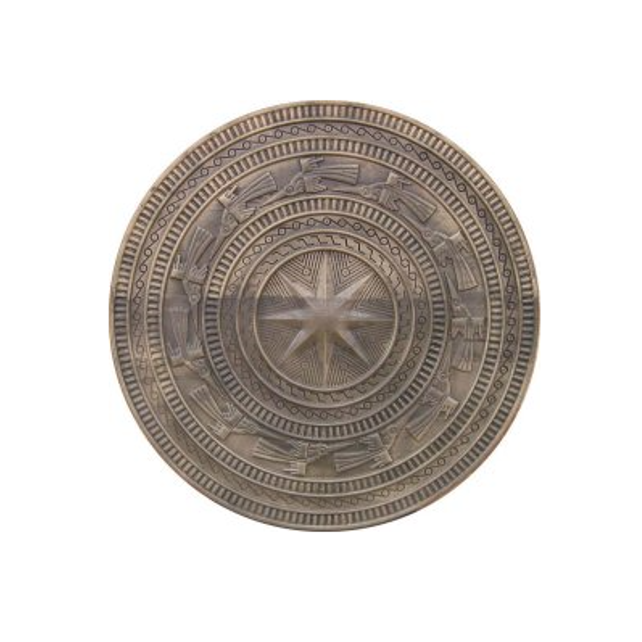tonggu overview
 The bronze drum (pinyin: tóng gǔ) was often used in ancient times to direct the army to advance and retreat in war, and it was also often used in banquets, music and dance. It is the crystallization of a long and splendid ancient Chinese culture, a symbol of the wisdom of Chinese ancestors, it has the characteristics of oriental art, and is a treasure house of world culture and art. Bronze drums are also circulated in Vietnam, Laos, Myanmar, Thailand and even the Indonesian islands.
The bronze drum (pinyin: tóng gǔ) was often used in ancient times to direct the army to advance and retreat in war, and it was also often used in banquets, music and dance. It is the crystallization of a long and splendid ancient Chinese culture, a symbol of the wisdom of Chinese ancestors, it has the characteristics of oriental art, and is a treasure house of world culture and art. Bronze drums are also circulated in Vietnam, Laos, Myanmar, Thailand and even the Indonesian islands.The bronze drums are shaped like round drums and have various patterns, some of which also have toad patterns on them. The diameter of the bronze drum is as large as 2.3 meters and as small as 0.7 meters. There are more than 1,500 bronze drums unearthed in China. More than 200 bronze drums have also been found in Laos, and thousands of them have been collected and unearthed in Thailand.
The word "bronze drum" first appeared in "The Book of the Later Han Dynasty, Ma Yuan Biography", "Ma Yuan went to Jiaozhi, got Luoyue bronze drums, and cast them into horses." Most of the bronze drums were made by Luoyue from Baiyue, namely Li and Zhuang.
- pinyin:tóng gǔ
- foreign name:bronze drum
- popular area:China and Southeast Asia
- Thai:กลองกบ glong goeb 蛙鼓
- Lao:กลองกบ glong goeb 蛙鼓
- Vietnamese:trống đồng
- Classification:percussion instrument
reference materials and contributors
- 铜鼓 · 百度百科
- 铜鼓 · 搜狗百科
- 铜鼓 · 维基百科
- kettle-drum-铜鼓 · 喜马拉雅
overview of other similar instruments
- sanyanxiao overview
- Daguangxian overview
- Leiqin overview
- hahao overview
- yandundagu overview
- Han Xiaozheng overview
- Fang Xiang overview
- guanzi overview
- zhuqin (Dao Qin) overview
- zhuiqin overview
- bangzi overview
- three-stringed piano overview
- Gehu overview
- xiao overview
- xiaokonghou overview
- Konghou overview
- Sheng overview
- suona overview
- hulusi overview
- gushao overview
 渝公网安备 50010702504639号
渝公网安备 50010702504639号